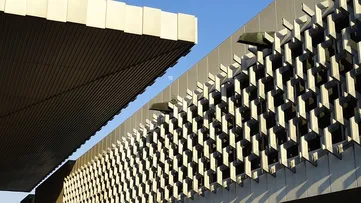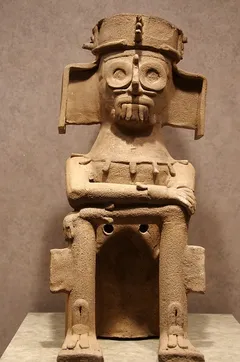Once upon a time, in a world where history and culture intertwined, there existed a realm of knowledge known as Anthropology Museums. These majestic institutions were the guardians of humanity’s past, housing artifacts and stories that whispered of civilizations long gone. However, amidst their grandeur, there was a hidden secret lurking within the halls of these museums – the enigmatic concept of “زمن البرغوث” or “Half-Refined.”
Deep within the bowels of one such museum, a curious curator named Dr. Amelia Harrison stumbled upon a forgotten artifact. It was an ancient tablet inscribed with cryptic symbols that seemed to hold the key to unlocking the mysteries of “زمن البرغوث.” Intrigued by this newfound treasure, Dr. Harrison embarked on a quest to uncover the truth behind this half-refined concept.
As she delved into the annals of history, Dr. Harrison discovered that “زمن البرغوث” referred to a time when civilizations were in their nascent stages, still raw and unpolished. It was a period when humanity struggled to find its place in the world, grappling with its own existence and the complexities of societal development.
Eager to bring this hidden narrative to light, Dr. Harrison meticulously curated an exhibition titled “زمن البرغوث: Unveiling Half-Refined Tales.” The exhibition aimed to showcase the untold stories of ancient civilizations, shedding light on their struggles, triumphs, and the transformative journey they underwent.
Visitors flocked from far and wide to witness this groundbreaking exhibition. The halls of the Anthropology Museum buzzed with anticipation as people marveled at the artifacts that embodied the essence of “زمن البرغوث.” Each exhibit told a unique tale, weaving together the threads of forgotten histories.
One particular artifact caught the attention of a young girl named Layla. It was a beautifully crafted necklace, adorned with intricate beads and feathers. As Layla stood captivated, she felt a connection to the past, a resonance with the struggles and triumphs of those who came before her. This encounter sparked a lifelong passion for anthropology within her, and she vowed to follow in Dr. Harrison’s footsteps.
Years passed, and Layla, now a renowned anthropologist, dedicated her life to unearthing the untold stories of civilizations lost to time. She traveled the world, visiting anthropology museums, and collaborating with fellow researchers to shed light on the concept of “زمن البرغوث.”
Together, Layla and her colleagues expanded the frontiers of knowledge, challenging conventional narratives and unearthing hidden truths. Their work not only reshaped the understanding of ancient civilizations but also sparked a global movement to reimagine the role of anthropology museums.
In the wake of their groundbreaking discoveries, anthropology museums began to transform into dynamic spaces where the past and present converged. Exhibitions became interactive, inviting visitors to immerse themselves in the stories of “زمن البرغوث.” Virtual reality experiences allowed people to step into the shoes of long-forgotten civilizations, experiencing their struggles and triumphs firsthand.
The concept of “زمن البرغوث” became a symbol of resilience, reminding humanity of its shared journey and the importance of understanding our collective past. It bridged the gap between cultures, fostering empathy and appreciation for the diverse tapestry of human existence.
As the years rolled on, “زمن البرغوث” became a household term, synonymous with the pursuit of knowledge and the celebration of humanity’s rich heritage. Anthropology museums flourished, their walls adorned with artifacts that spoke of the half-refined tales of civilizations long gone.
And so, the story of “زمن البرغوث” continues to unfold, reminding us of our shared humanity and the importance of preserving and understanding the past. The Anthropology Museums stand as guardians of this legacy, forever committed to unveiling the half-refined tales that shape our collective identity

